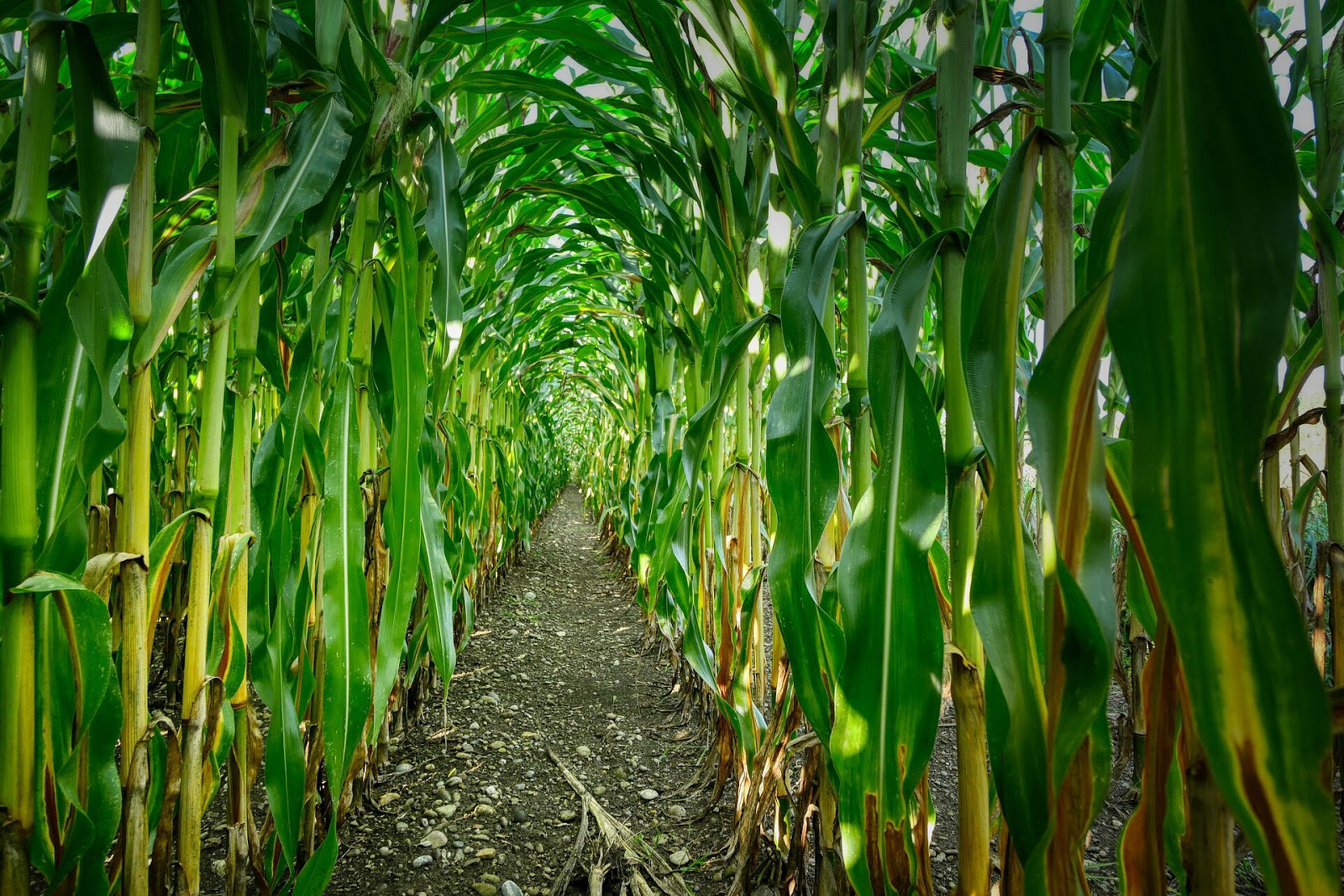How To Use Manure In Maize Farming (Beginners Guild)


Tomato with the botanical name Solanium lycopasicum, is a fruit vegetable which can be grown in a well drain loamy soil with a moderate proportion of organic manure.
Bacterial wilt (also known as Southern bacterial blight) is caused by a bacterium know as Ralstonia solanacearum (formally, Pseudomonas solanacearum). Ralstonia solanacearum is a soil-borne microorganism which gets into the plant through wounds caused by cutting, pest attack and transplanting.Bacterial wilt is a dangerous disease. Its development is favoured by high moisture (water in soil pores) as well as high temperature. The bacterium Ralstonia solanacearum which causes bacterial wilt normally blocks or clogs the vascular tissue of the stem of the plants and hinders the movement of water and nutrients within the plant, thus leading to rapid wilting and dying of the plant.
Read also>>Causes of plant diseases
As the name implies, wilting is the leading symptom of this disease, brownish color may also appears inside the stem of infected plants. Also the plant may eventually die off in a severe case.
a tomato plant that is affected by bacterial wilt disease
Read also>>10 diseases in poultry and their symptoms
Tip:Too much manure may not be suitable for a tomato plant as it in a case of over manuring always grows vegetatively with less production.
Comments
Post a Comment